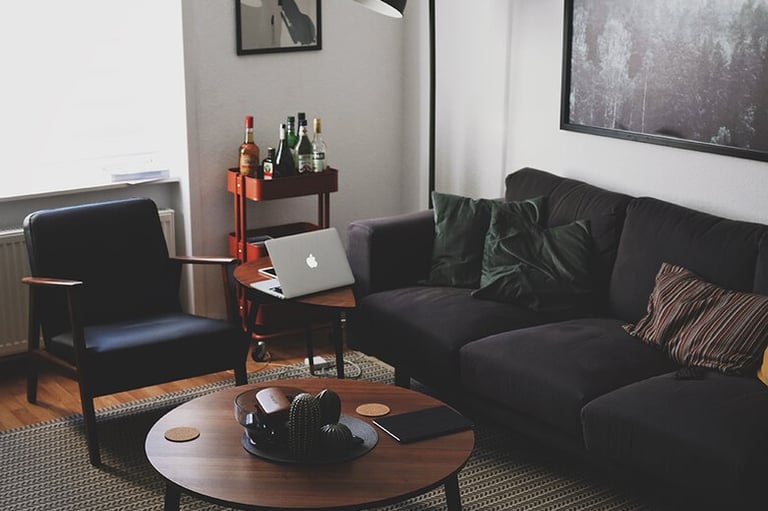
Cable Railing & Balustrade Systems
Cable railing systems combine modern aesthetics with structural integrity, creating clean, unobstructed views while meeting safety requirements. Our comprehensive railing solutions use premium AISI 316 stainless steel wire rope and precision-engineered hardware to deliver lasting beauty and performance for residential, commercial, and architectural applications.
Trusted by Thousands Worldwide
★★★★★
Residential Applications
Cutting Tools
Measuring & Testing
Railing & Balustrade Design and Installation Guide
Building Code Compliance
Cable spacing: Maximum 4" (100mm) to prevent child entrapment
Height requirements: Minimum 42" (1067mm) for most applications
Load requirements: 200 lbs (890N) concentrated, 50 lbs/ft (730N/m) distributed
Deflection limits: Maximum L/60 under design loads
Aesthetic Considerations
Cable spacing for visual balance
Post design and spacing
Integration with architectural elements
Lighting integration options
Design Considerations for Railing & Balustrade
Railing & Balustrade case study presentation
Project Case 1: Modern Residential Terrace
Project: Corporate Headquarters Atrium
Location: Downtown Seattle
Challenge: 4-story open atrium with curved geometry
Solution: Custom 7x7 cable system with architectural posts
Results: Award-winning design, code compliant, 10-year warranty
Brian Moten
Project: Hillside Residence Deck Railing
Location: California Coast
Challenge: Ocean views with salt air exposure
Solution: AISI 316 cable railing with 1x19 construction
Results: 5 years with no corrosion, minimal maintenance
Clarice Turner
★★★★★
★★★★★
Project Case 2: Commercial Office Building Atrium




FAQ Schema
Q: How much does a cable railing system cost?
A: Cable railing costs vary by project complexity, typically ranging from $150-400 per linear foot installed. Factors include post spacing, cable count, hardware grade, and installation complexity. DIY kits start around $100 per linear foot. Request a quote for accurate pricing based on your specific requirements.
Q: Can I install cable railing myself?
A: Yes, cable railing can be a DIY project with proper planning and tools. You'll need basic construction skills, appropriate tools (drill, level, crimping tools), and understanding of local building codes. We provide detailed installation guides and technical support. For complex or high-elevation projects, consider professional installation.
Q: How do I maintain cable railing systems?
A: Stainless steel cable railings require minimal maintenance. Clean periodically with mild soap and water. In coastal areas, rinse monthly with fresh water to remove salt deposits. Check cable tension annually and adjust as needed. Inspect connections and hardware for wear or corrosion.
Q: What's the difference between 1x19 and 7x7 cable for railings?
A: 1x19 cable is stiffer and maintains tension better, ideal for long spans and architectural applications. 7x7 cable is more flexible, easier to handle during installation, and better for curved or complex geometries. Both meet structural requirements when properly tensioned.
Design Tools:
- Cable spacing calculators
- Load calculation worksheets
- CAD details and specifications
- Installation video tutorials
Technical Support:
- Free design consultation
- Engineering calculations
- Code compliance verification
-Installation guidance